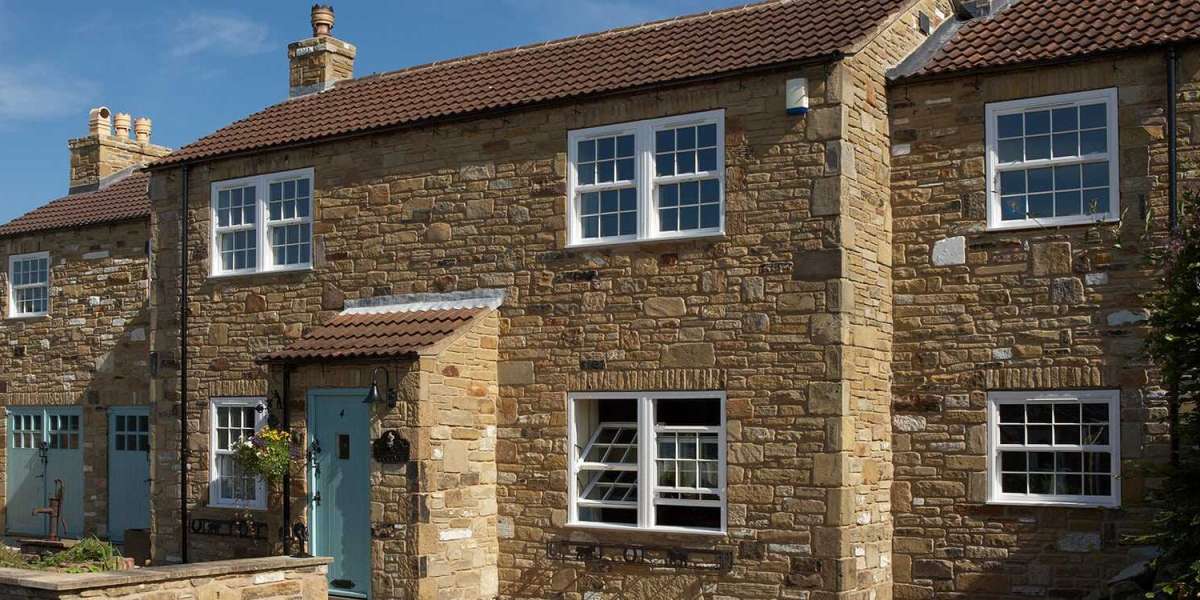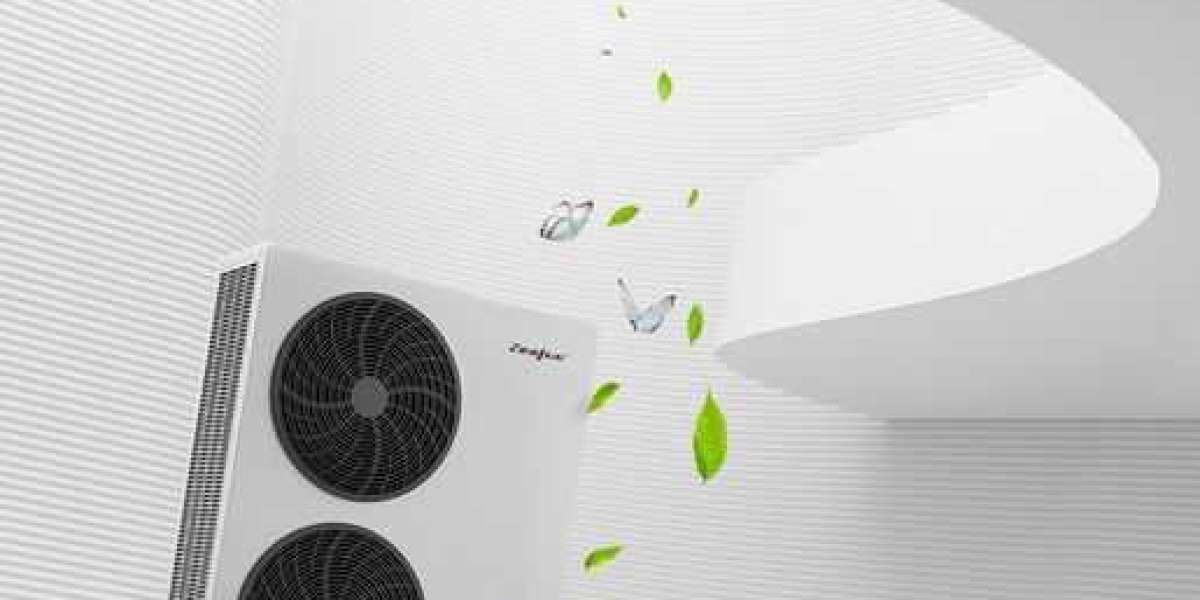Aluminium windows have become a popular choice in modern architecture and construction due to their numerous advantages, including durability, energy efficiency, and aesthetic appeal. This article explores the properties, benefits, applications, and future trends of aluminium windows, providing a comprehensive overview of their significance in contemporary building projects.
Introduction
Aluminium is a lightweight, malleable metal that has been used in construction for decades. Its unique properties make it an ideal material for window frames, which are critical components of any building. As the demand for energy-efficient and sustainable building materials continues to rise, aluminium windows have emerged as a leading option for architects and builders alike. This article delves into the various aspects of aluminium windows, examining their composition, advantages, and potential future developments in the industry.

Properties of Aluminium
Aluminium possesses several intrinsic properties that contribute to its suitability for window frames:
- Strength-to-Weight Ratio: Aluminium is known for its high strength-to-weight ratio, which allows for slim frame designs without compromising structural integrity. This feature enables larger glass panels to be used, enhancing natural light and views.
- Corrosion Resistance: Aluminium naturally forms a protective oxide layer that prevents corrosion, making it ideal for various climates. This resistance extends the lifespan of window frames, reducing maintenance costs.
- Thermal Conductivity: While aluminium is a good conductor of heat, modern aluminium windows are designed with thermal breaks—insulating materials placed between the interior and exterior frames. This feature significantly improves energy efficiency by reducing heat transfer.
- Recyclability: Aluminium is 100% recyclable without losing its properties. The recycling process requires only 5% of the energy used to produce new aluminium, making it an environmentally friendly choice.
Advantages of Aluminium Windows
The benefits of aluminium windows extend beyond their physical properties:
- Design Flexibility: Aluminium can be easily extruded into various shapes and sizes, allowing architects to create innovative designs that meet specific aesthetic and functional requirements. The availability of various finishes, including powder coating and anodizing, further enhances design possibilities.
- Energy Efficiency: With the implementation of thermal breaks and double or triple glazing, aluminium windows can achieve impressive energy ratings. This efficiency helps reduce heating and cooling costs, contributing to lower energy consumption and a smaller carbon footprint.
- Low Maintenance: Unlike wooden frames that require regular painting and treatment, aluminium windows are virtually maintenance-free. A simple cleaning with soap and water is often sufficient to keep them looking new.
- Security: Aluminium windows are inherently strong and difficult to break, providing a higher level of security compared to other materials. Additionally, manufacturers often incorporate advanced locking systems, further enhancing safety.
- Cost-Effectiveness: While the initial investment in aluminium windows may be higher than some alternatives, https://programminginsider.com/let-the-light-in-how-to-choose-the-right-new-windows-for-your-harpenden-home/ their longevity, low maintenance requirements, and energy efficiency can lead to significant savings over time.
Applications of Aluminium Windows
Aluminium windows are versatile and can be used in various settings, including:
- Residential Buildings: Homeowners appreciate the aesthetic appeal and energy efficiency of aluminium windows. They are commonly used in modern homes, offering sleek designs and large glass surfaces.
- Commercial Buildings: Aluminium windows are widely used in commercial construction due to their durability and low maintenance. They are often found in office buildings, shopping centers, and educational institutions.
- Industrial Applications: In industrial settings, aluminium windows are valued for their strength and resistance to harsh environments. They are often used in factories and warehouses.
- Architectural Projects: Innovative architectural designs frequently incorporate aluminium windows to create striking facades and enhance natural lighting. Their versatility allows for creative solutions in both new constructions and renovations.
Future Trends in Aluminium Windows
The aluminium window industry is evolving rapidly, driven by technological advancements and changing consumer preferences. Some notable trends include:
- Smart Windows: The integration of smart technology into aluminium windows is gaining traction. Features such as automated shading, temperature control, and connectivity to home automation systems are becoming increasingly popular.
- Sustainability Initiatives: As the construction industry moves towards sustainability, manufacturers are focusing on producing eco-friendly aluminium windows. This includes using recycled materials, reducing energy consumption during production, and implementing more sustainable practices.
- Improved Thermal Performance: Ongoing research and development efforts aim to enhance the thermal performance of aluminium windows. Innovations such as advanced thermal break materials and improved glazing technologies are expected to further enhance energy efficiency.
- Customization and Personalization: Consumers are increasingly seeking personalized solutions, leading to a rise in custom aluminium window designs. Manufacturers are responding by offering more options for colors, finishes, and configurations.
- Increased Focus on Aesthetics: As design trends evolve, there is a growing emphasis on aesthetics in aluminium window design. Manufacturers are exploring new finishes and styles to meet the demands of modern architecture.
Conclusion
Aluminium windows offer a combination of strength, durability, energy efficiency, and aesthetic appeal, making them an ideal choice for a wide range of applications. Their properties and advantages position them as a leading material in both residential and commercial construction. As the industry continues to innovate and adapt to changing consumer preferences, aluminium windows are poised to play a significant role in the future of sustainable architecture. With ongoing advancements in technology and design, aluminium windows will likely remain a preferred choice for builders and homeowners seeking quality, efficiency, and style in their building projects.








